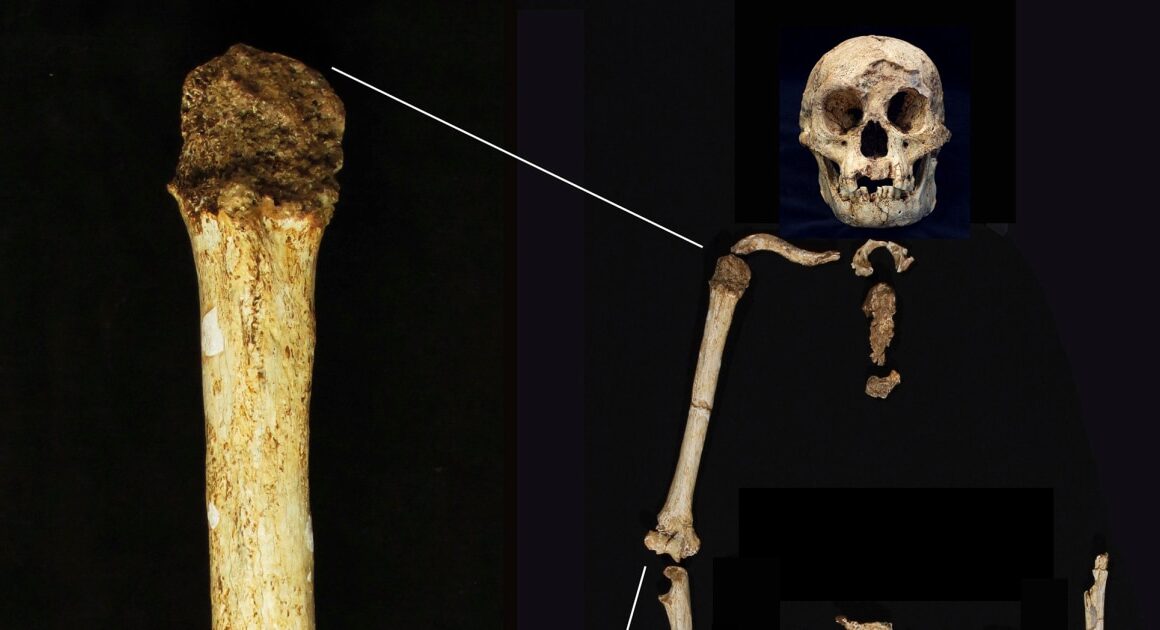Fossils remains suggest an early human species nicknamed “hobbits” had ancestors who were even shorter, according to a study published Tuesday in the journal Nature.
The extinct Homo floresiensis were named after the Indonesian island of Flores where they roamed, though scientists also refer to them as hobbits after the “Lord of the Rings” characters. Fossils that were discovered on the island 20 years ago and date back 60,000 to 100,000 years suggested the species was about 3½ feet tall.
Researchers who studied fragments of a humerus, or upper arm bone, that were found on the same island in 2013 now say earlier relatives were 2.4 inches shorter and existed since at least 700,000 years ago.
“It is the smallest adult human arm bone ever,” said Gerrit van den Bergh, a co-author of the study and a paleontologist at the University of Wollongong, Australia. “It’s quite special.”
It took researchers almost a decade to deduce the height from the 3.5-inch bone, which was excavated about 45 miles away from the original Liang Bua cave site, and to be sure it was that of an adult, not a child.
“It was broken in many pieces,” Bergh said.

Homo floresiensis arrived on the island almost a million years ago, he said, but quickly evolved to be smaller and eventually went extinct.
While scientists have no definitive answer for why their bodies reduced in size, Bergh said, clues can be found in the area’s fauna.
Animals on the island, such as elephants, underwent similar evolutionary changes, he said, possibly because of the limited food supply.
“If you have a population that quickly grows and depletes their food resources,” he said, “you get a population crash.”
In the face of food shortages, smaller individuals have a better chance of surviving, “so there’s a selective pressure towards a smaller size,” he added.
While the origin of Homo floresiensis has long been the subject of dispute, the authors of the new study say it supports the theory that they descended from Homo erectus, one of the first recognizable humanlike species. Bergh said the anatomy of the tiny arm bone, as well as two fossilized teeth found along with it, is similar to that of Homo erectus.
But a big question still looms, he said: How did the diminutive species end up marooned on an island?
“Probably a freak event, we don’t know, but I don’t think they made boats at that time,” he said. “On the mainland they can move, but on an island, they’re stuck. So they have to adapt to changing climates.”
,







